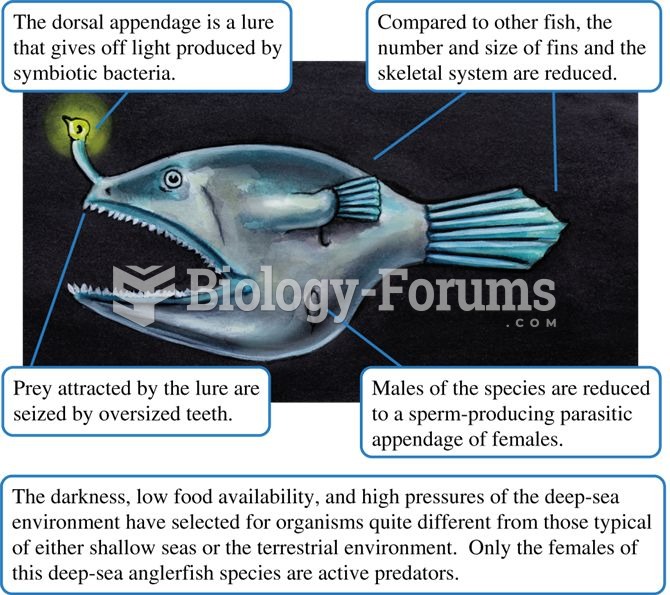Answer to Question 1
Vegetable oils such as cottonseed, corn, and soybean are used often to deep-fry because they are 100 fat and have high smoke points (which means the oils can be heated at very high temperatures, allowing the food to cook quickly). A good frying fat's characteristics are that it has little flavor of its own and has a high smoke point.
Answer to Question 2
An emulsion is a colloidal dispersion of one liquid in another where molecules of the two liquids are immiscible. Emulsions have three phases dispersed or discontinuous phase, dispersion or continuous phase, and emulsifier.
A temporary emulsion has thin viscosity and little stability. An example is oil and vinegar dressing. In this example, vinegar or lemon juice is the continuous phase, oil is the dispersed phase, and mustard or paprika serves as an emulsifier.
A semi-permanent emulsion has a thicker viscosity and more stability than temporary emulsions. An example is commercial salad dressing. Carboxymethyl cellulose, vegetable gums, and gelatin increase the stability of semi-permanent emulsions.
Permanent emulsions are very thick and stable. An example is mayonnaise. In mayonnaise, oil is the dispersed phase, acid is the continuous phase, and the emulsifier is lecithin from egg yolks.
Answer to Question 3
Emulsifiers decrease the surface tension and allow continuous and discontinuous phases to mix. An emulsifier contains polar groups on its hydrophilic ends and non-polar groups on the hydrophobic end. Non-polar groups are soluble in oil and polar groups are soluble in water.







